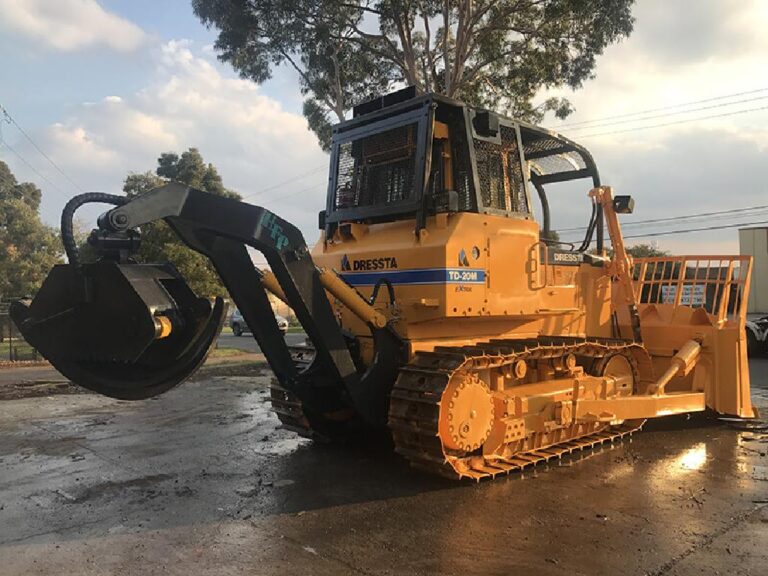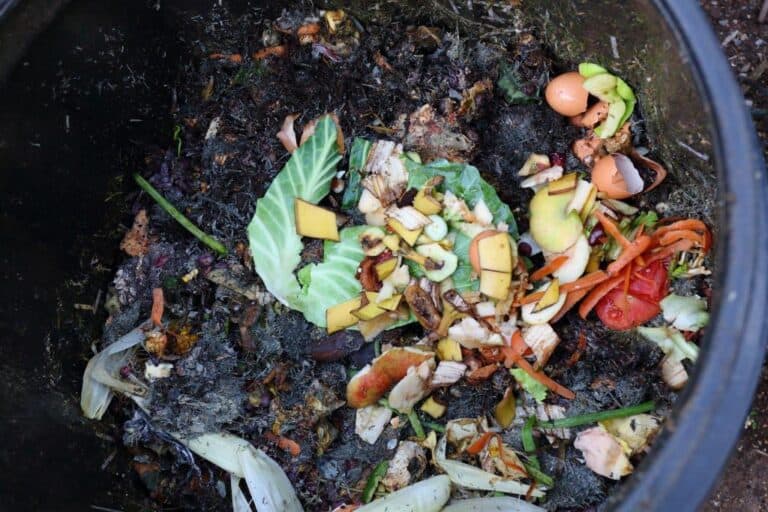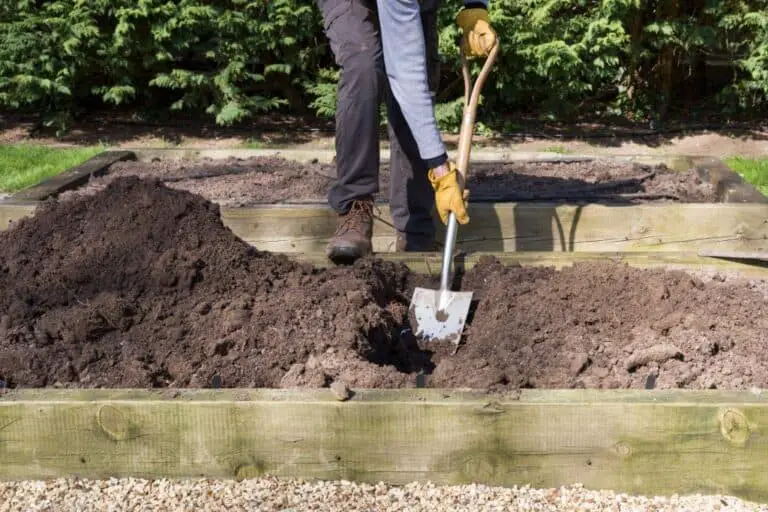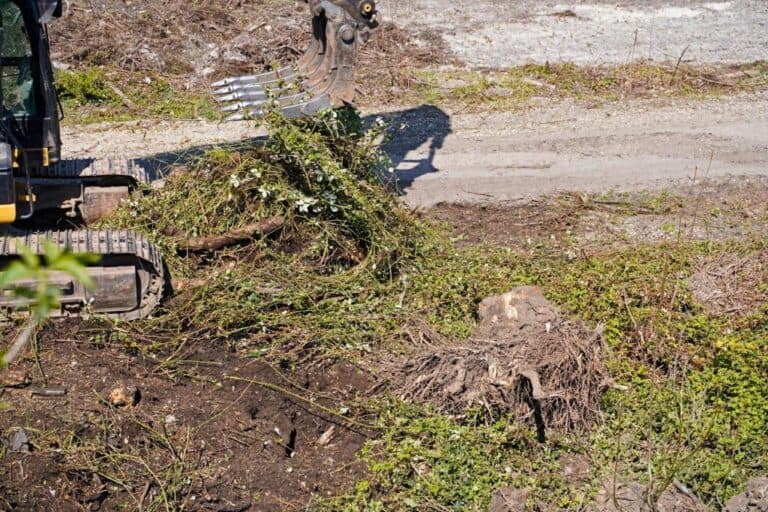Does Clearing Land Add Value to Your Property? Expert Reveal
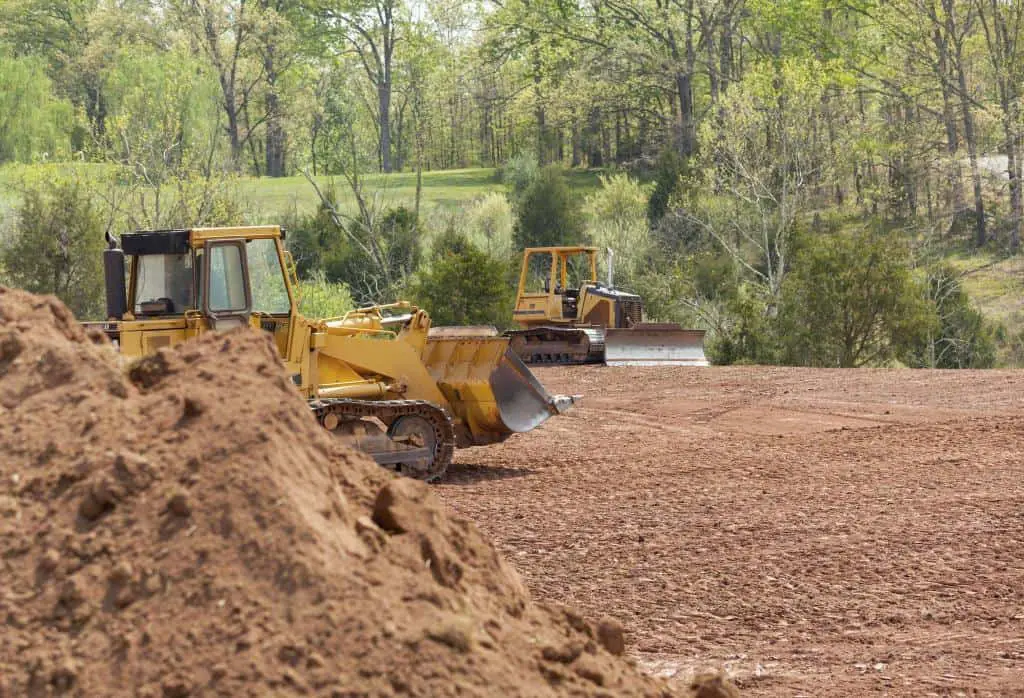
There are a lot of different reasons why clearing land is a good idea for building on real estate. Things that used to be wild areas or overgrown plots are now calling to homeowners, investors, and developers alike.
Clearing land is not just about removing trees or bushes. It symbolizes the potential for reshaping landscapes and finding value in uncharted terrain.
Imagine standing at the edge of your wooded land. Envision the possibilities beyond the tangled undergrowth. Clearing land can mean more than just making space. It is a chance to sculpt places that match our dreams.
The clearing process tells a story of growth in real estate. It spans from building homes to making lively commercial hubs.
As we go deeper into this investigation, let us figure out how hard land clearance really is. We’ll see if it really does raise property values and offer endless possibilities. Come with us on this trip through green fields that are just waiting to be found beneath the blanket of nature.
Does Clearing Land Add Value to Your Property?

Clearing land can significantly impact the value of your property, but whether it adds value depends on various factors. One key factor is the location of the land. If your property is in a desirable area, such as near a city or with scenic views, clearing the land can increase its appeal and value. However, in less desirable locations, clearing land may not have as big of an impact on value.
Clearing land can indeed add value to your property in several ways:
- Increased Land Use Options: Clearing land increases options for using it. It allows for building, expanding, or subdividing.
- Improved Aesthetic Appeal: Enhancing the visual appeal by removing unwanted vegetation and debris can make the property more attractive to potential buyers or renters.
- Enhanced Usability and Functionality: Optimizing the property’s functionality by creating usable spaces for different purposes through land clearing.
- Increased Property Size: Clearing land can make a property feel more spacious and open, increasing its perceived size and value.
- Improved Safety and Accessibility: Eliminating safety hazards and improving accessibility by removing overgrown vegetation and dead trees.
- Enhanced Environmental Sustainability: After clearing land, use sustainable landscaping. This includes replanting native plants and adding eco-friendly features. It can attract green buyers.
| Read: Discover The Best Effective Method of Clearing Land for Agriculture |
Clearing Land for Real Estate Value: The Cons
On the flip side, indiscriminate clearing of land may lead to environmental degradation and the loss of natural habitats. Cutting trees and plants lowers biodiversity. It also harms ecosystems that give us air purification and soil stabilization.
In some cases, local rules may limit land clearing. This is due to worries about erosion or keeping green spaces. Additionally, clear-cutting large areas could result in increased vulnerability to soil erosion during heavy rainfall events. It poses risks both to the environment and neighboring properties.
Factors That Affect the Value of Cleared Land
Before you decide to clear your land, you need to evaluate it first. Several factors determine whether clearing land will add value to your property:
- Location: As mentioned above, the location of your property plays a significant role in determining its value. Land in desirable locations, such as near urban areas or with scenic views, is likely to see an increase in value after clearing.
- Size: The size of the land also impacts its value. Larger parcels of land generally have more development potential and can be more valuable once cleared. However, the cost of clearing larger parcels can be substantial. So, it’s essential to weigh the potential increase in value against the clearing costs.
- Topography: The topography of the land, including its slope, elevation, and drainage characteristics, can affect its value. Land that is flat or gently sloping is generally easier to clear and develop, making it more valuable than land with steep slopes or poor drainage.
- Vegetation: The quality and type of vegetation that is removed during land clearance also have a direct influence on property value. While removing invasive species or dead trees can improve aesthetics and accessibility, preserving mature trees and native flora can add ecological value to a property and appeal to
- Intended Use: The intended use of the cleared land is crucial. If you plan to develop the land for residential or commercial purposes, clearing it can increase its value. However, if the land is cleared for agricultural use and is located in an area not suitable for farming, the value may not increase significantly.
- Current Condition: The current condition of the land also matters.If the land is overgrown with trees and bushes. Clearing it can make it look better and more useful. This could increase its value.
- Cost of Clearing: The cost of clearing the land is an important consideration. If the cost of clearing exceeds the potential increase in property value, it may not be financially beneficial to clear the land.
- Market Conditions: Market conditions can also impact the value of cleared land. In a strong real estate market, cleared land may be more attractive to buyers, leading to a higher selling price.
By understanding these subtle factors, and making informed decisions based on specific contexts, homeowners and investors can use land clearance strategically. It can boost returns on real estate investments and help the environment.
How Much Does It Cost to Clear Land?
The cost to clear land can vary based on factors like the size, condition, location, and tree density of the land. Here are some average costs based on the information gathered from various sources:
- Average Cost Range: The average cost to clear land in the U.S. is around $3,692, with most property owners spending between $1,384 and $6,034.
- Cost per Acre: The cost is $500 to $2,000 per acre for lightly wooded land. For heavily wooded land, the cost is $3,000 to $5,600 per acre.
- Additional Factors: The cost can increase based on factors like the terrain, market demand in different states (e.g Colorado at $2,900 and Florida at $2,600), existing structures, large rocks, stump removal (around $100 to $150 per stump), and waste removal.
| Related: Will Loggers Clear Land for Free? Cheapest Method of Land Clearing |
Alternative Strategies for Property Value Enhancement
Exploring other ways to enhance property value opens up many possibilities. It goes beyond just clearing land. Sustainable land management practices offer a holistic approach that balances economic development with environmental preservation.
These practices prioritize the land’s long-term health and its ecosystems. They still allow for property value growth. Implementing sustainable land management involves a range of techniques, such as:
- Afforestation and Reforestation: Planting trees and restoring forests can improve biodiversity, soil health, and carbon sequestration while enhancing the property’s natural beauty.
- Permaculture Design: Incorporating permaculture principles into property design promotes sustainable agriculture, water conservation, and habitat creation.
- Natural Habitat Preservation: Setting aside areas for wildlife habitat and native plant restoration maintains ecological balance and enhances property aesthetics.
In addition to sustainable land management, new ideas are gaining traction. They marry property development with environmental conservation. These approaches leverage technology and design principles to maximize both economic and ecological benefits. Examples include:
| Innovative Approaches |
| Green Infrastructure |
| Eco-friendly Building Design |
| Smart Land Use Planning |
Property owners can use these alternative strategies. They will increase property value while cutting environmental harm and promoting sustainability.
Case Studies: Clearing Land for Property Value Enhancement
In a famous case study, a group of real estate developers in suburbs strategically cleared overgrown, unused land on their properties. They removed dense vegetation and old structures. This showcased the potential of these spaces for new construction or landscaping projects.
This change made the properties look better. It also raised their market value a lot. Buyers were attracted to the clean, well-maintained lots. They were willing to pay high prices for these prime pieces of real estate.
Another example is compelling. It comes from a rural community. A family-owned farm there decided to clear part of their land. They did it to create eco-friendly housing. They preserved existing trees and natural features. But, they also cleared space for homes. This lets them balance conservation and development.
The layout preserved the area’s charm. It also made it more valuable by offering sustainable living options. As a result, this innovative approach garnered local attention and appreciation, driving up demand for these thoughtfully cleared parcels.
These case studies show that clearing land can be more than just a step in property development. It can be a strategy that adds value to real estate. Property owners and developers can gain insights by leveraging successful land-clearing projects. They can learn to maximize their returns through careful planning and execution.
Conclusion: The Impact of Clearing Land on Property Value
Examining the overall impact of clearing land on property value reveals a nuanced picture shaped by various factors. Many assume that clearing land raises real estate value. They think it improves looks and has the potential for development. But, the truth is more complex.
Studies have shown that, in some cases, leaving natural vegetation or adding green spaces to developments can raise property values. They do this by fostering community and sustainability.
Also, the analysis of clearing land must weigh potential drawbacks. These include ecological disruptions, loss of biodiversity, and higher maintenance costs. By carefully weighing these factors against the perceived benefits, property owners and developers can make informed decisions tailored to their specific circumstances.
In the end, adding cleared land’s value to real estate depends on market trends. It also depends on sustainable planning. Such planning puts long-term survival over short-term gains.


